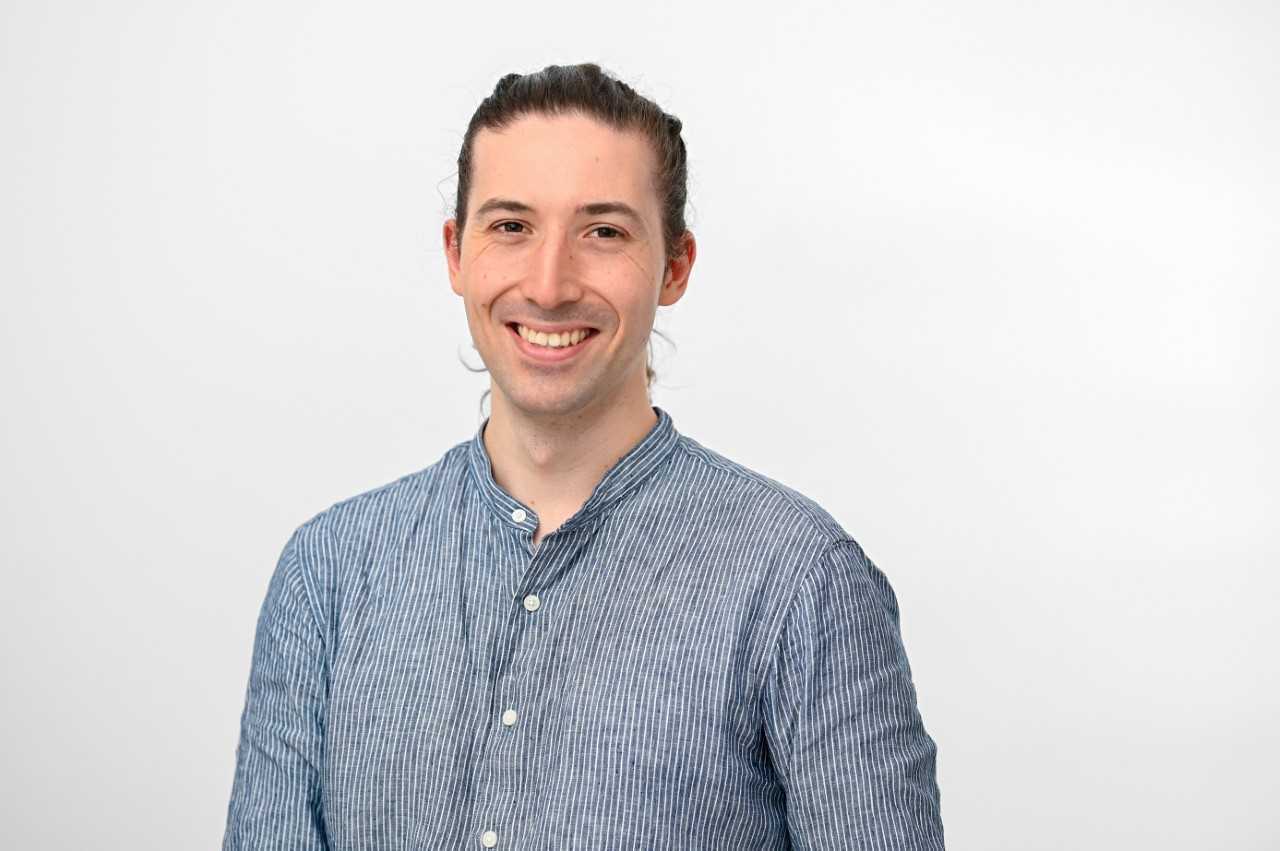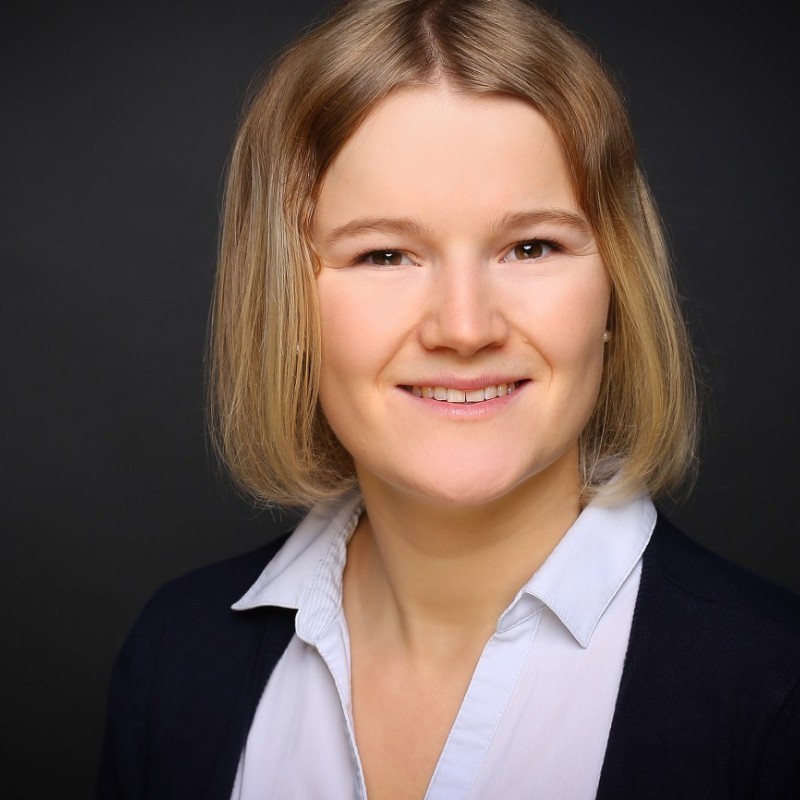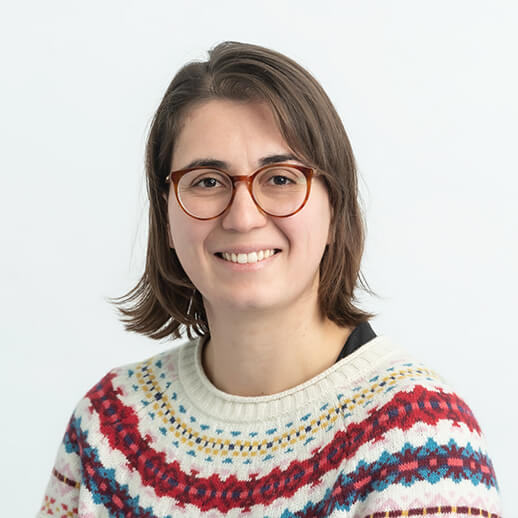MICCAI 2024 Tutorial on
Implicit Neural Representations for Medical Imaging
Discover the latest advancements in machine learning tailored for medical imaging with our upcoming tutorial on Implicit Neural Representations (INR). INRs have shown promise in various computer vision tasks like 3D scene reconstruction, image denoising, superresolution, and compression. In recent years, the medical imaging community has shown increasing interest in the potential of INRs for personalized solutions, spanning tasks like registration, reconstruction, super-resolution, shape modeling, and segmentation. As this interest grows, we’re excited to announce the launch of the inaugural MICCAI tutorial on INRs for medical imaging. This tutorial will offer a comprehensive overview of INR research progress, highlighting key applications in medical imaging and exploring future directions through engaging lectures and practical demonstrations. Join us and learn from experts in the field who are known for their contributions to both computer vision and medical research. Whether you’re an experienced researcher or new to medical imaging, this tutorial promises valuable insights into leveraging INRs for advancements in healthcare.
Notebooks used during the coding session can be found in our GitHub page: https://github.com/INR4MICCAI/INRTutorial
Invited Guest Speakers
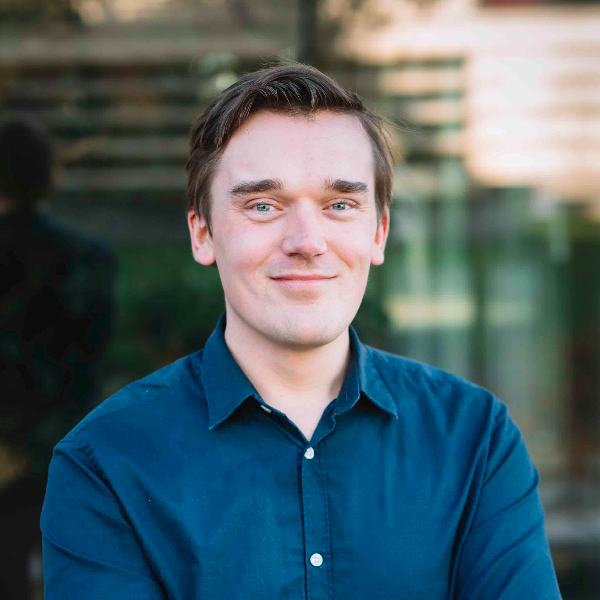
University of Twente

Harvard University, Safe Sign Technologies
Advisors
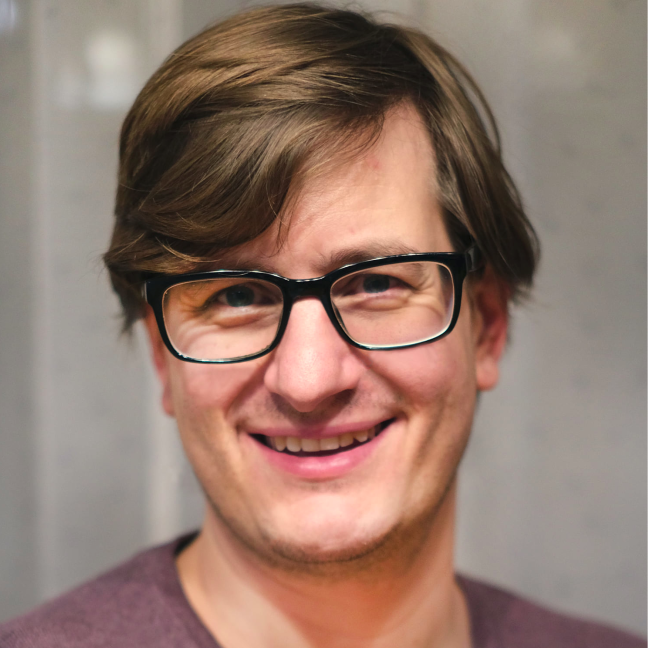
Technical University of Munich

Technical University of Munich
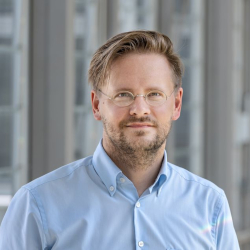
University of Zurich
Talks
| Title | Speaker | Live Session | |
|---|---|---|---|
| Foundamental Concepts of Implicit Neural Representations | |||
| An Introduction to INRs and Neural Fields | Julian McGinnis | 08:00 - 08:40 | |
| Practical Coding Tutorial - training your first INR | Nil Stolt-Ansó | Code | 08:40 - 09:20 |
| Applications of INR in Medical Imaging | |||
| Applications in shape modeling and registration | Jelmer Wolterink | 09:20 - 10:00 | |
| Applications in rendering and reconstruction | Veronika Spieker | 10:30 - 10:45 | |
| Applications in segmentation and growth modeling | Suprosanna Shit | 10:45 - 11:00 | |
| Coffee Break | 10:00 - 10:30 | ||
| Advanced technical concepts for implicit representations | |||
| Meta-Learning, Compression and Functa | Jonathan Richard Schwarz | 11:00 - 11:50 | |
| Conditioning INRs with applications to fetal atlas generation | Maik Dannecker | 11:50 - 12:05 | |
| Helpful Frameworks to start your research & Future Research Directions | Vasiliki Sideri-Lampretsa | 12:05 - 12:30 | |
Organizers
Julian McGinnis is a PhD student at the Department of Neurology and the Institute of Artificial Intelligence in Medicine at the Technical University of Munich (TUM). His research is centered on the intersection of medicine, neuroscience, and machine learning, specifically focusing on Multiple Sclerosis (MS) and the integrated analysis of the brain and spinal cord. His interests revolve around implicit neural representations and compact latent representations for various downstream tasks. These tasks include generative modeling, image reconstruction, and lesion segmentation.
Nil Stolt-Ansó is a PhD student at the chair for Artificial Intelligence in Medicine and a member of the Munich Center for Machine Learning (MCML). He studied Artificial Intelligence with a focus on Machine Learning at the University of Amsterdam (UvA), receiving his M.Sc. in 2020. Prior to starting his PhD, Nil worked in the medical imaging industry, focusing on topics such as blood vessel segmentation, myocardial tissue tracking, and cardiac phase modelling. His current interests concern the application of geometric deep learning to imaging tasks.
Veronika Spieker is a PhD student at the Institute of Machine Learning for Biomedical Imaging (IML) at Helmholtz Munich and Technical University of Munich (TUM). After completing her B.Sc. in engineering at TU Darmstadt and Virginia Tech, she pursued her interest in the medical domain with a M.Sc. in Medical Technologies at TUM. For her PhD project, she works on Physics-Based AI for Motion Correction in Abdominal MRI in collaboration with the Body Magnetic Resonance Group at the Klinikum rechts der Isar. Her research interests include concepts such as neural implicit representations and it’s application to MR reconstruction and motion estimation.
I am currently a postdoctoral researcher at the University of Zürich (UZH) and an associate researcher at the ETH AI Center. My primary research focuses on medical imaging applications using neural implicit representation. I am also interested in extracting efficient and meaningful representations from the image domain for topology and graph domain processing.

Technical University of Munich
Maik Dannecker is a PhD student at the Artificial Intelligence and Informatics in Medicine at the Technical University of Munich (TUM). He received his Bachelor’s and Master’s degrees in Informatics from TUM. In this Master’s thesis he compared classic and deep learning methods for deformable image registration in CT scans of the lungs. In his PhD he is developing methods for the quantification and prediction of abnormal growth of the brain in fetal MRI.
Vasiliki Sideri-Lampretsa is a Ph.D. student at the Institute for Artificial Intelligence and Informatics in Medicine at the Technical University of Munich (TUM). She received her Diploma in Electrical and Computer Engineering at Aristotle University of Thessaloniki and her Master’s degree in Computer Science at TUM. She was a research assistant at the Interdisciplinary Research Lab (IFL) at TUM, where she also conducted her Master’s thesis. During her Master’s thesis, she focused on employing deep learning to tackle the inverse problem of predicting the speed of sound using ultrasound raw channel data aquired from simulations. Currently, her research interest lies in the field of machine learning in medical imaging, particularly in the fields of feature representation and unsupervised learning.

